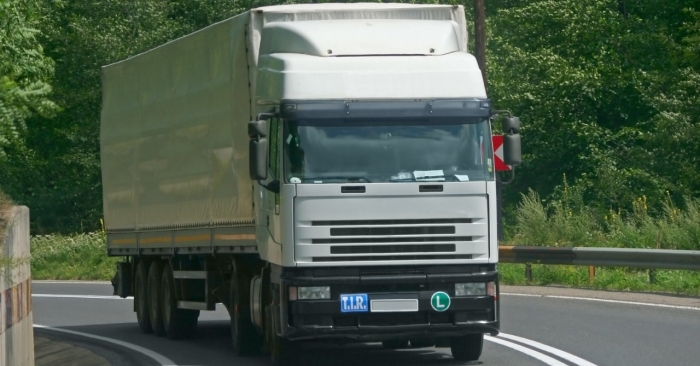76 countries agree to digitalise cross border customs under United Nations TIR Convention
February 7, 2020: Under the global customs transit system, TIR Convention of the United Nations, the 76 country signatories unanimously agreed to digitalise its operations (eTIR) on February 5, 2020, to facilitate trade and the seamless movement of goods across borders.

February 7, 2020: Under the global customs transit system, TIR Convention of the United Nations, the 76 country signatories unanimously agreed to digitalise its operations (eTIR) on February 5, 2020, to facilitate trade and the seamless movement of goods across borders.
The TIR Convention claims that it provides a framework for 1 to 3.5 million truck trips every year to cross borders as quickly and efficiently as possible.
Olga Algayerova, executive secretary, United Nations Economic Commission for Europe (UNECE) said “The adoption of eTIR, which is the result of over 20 years of negotiations, marks a new chapter in the TIR Convention’s 70-year evolution. With more and more countries joining the convention in recent years, including major economies like China, India and several countries in the Middle East, this important step will help to harness trade and connectivity as drivers of sustainable development.”
RT @algayerova: Historical moment today in #connectivity and #computerization - #eTIR formal adoption. @UNECE @the_IRU @EU_UNGeneva #TIR Convention Parties pic.twitter.com/NN9Avnp4ch
— UNECE (@UNECE) February 5, 2020
What is TIR Convention?
Though India joined the convention only in 2017, TIR (Transports Internationaux Routiers or International Road Transport) Convention is a multilateral customs treaty among world nations that came to effect on March 20, 1978. The treaty signed by 76 countries aims to simplify and harmonise the governmental procedures of international road transport.
“The TIR system, used by over 34,000 transport and logistics companies in its 76 contracting parties, reduces cross-border transport time by up to 80 percent, and costs by up to 38 percent. The computerisation of the Convention’s procedures – which have so far relied on the issuing of paper documentation – is set to unlock significant further efficiency gains,” says the UNECE release.
Pilot projects in Iran, Turkey, Georgia, Azerbaijan, Kazakhstan and Ukraine
TIR Contracting Parties have been implementing, since 2017, a series of eTIR pilot projects, such as between Iran and Turkey, and Georgia and Turkey. Other eTIR projects are currently under consideration, such as the eTIR intermodal project between Azerbaijan, Georgia, Kazakhstan and Ukraine or under development, such as the eTIR project between Azerbaijan and Iran.
“Following intense deliberations for the last three years among experts from the majority of the contracting parties, the TIR Administrative Committee has today agreed to a set of amendments to be introduced in the TIR Convention as well as a new Annex 11 on eTIR, providing the legal basis for the TIR system to operate digitally,” says the UN release.
Solutions in intermodal transport
The eTIR is expected to open new applications for the TIR system, in particular in the area of intermodal transport, for which the current paper procedure has proved cumbersome. This long-awaited revolution of the TIR system will not only provide a facilitated procedure for transport companies but will also further secure the TIR system for the benefit of all customs administrations using it.
Reduced trade transaction cost
TIR secures payment of customs duties and taxes by providing a guarantee mechanism, thereby reducing trade transaction costs and facilitating higher growth of intra and inter-regional trade. The TIR system requires customs and national authorities to provide minimal manpower and facilities – which is limited to checks on seals and the inspection of load compartments or containers – and reduces transit delays and congestion at border crossings.



